The air is cleaner, waterways are clearer, wildlife is returning to empty city blocks. Lockdown has shown us what a world with reduced emissions and diminished pollution can look like – and it’s lovely.
Of course, as restrictions are cautiously eased and we look forward to a return to something more closely resembling “normal” life, we risk undoing these gains almost as quickly as we made them. Now is the time to seize on our progress and maintain the momentum, and it may not be as difficult as you might think.
With an eye towards being kind to the planet moving forward – especially once travel and shopping patterns eventually normalise once again – we take a look at 10 areas in your life where you can make simple changes that won’t hurt. Actually, most of our tips are beneficial not just to the environment, but also to you personally. Many can even save you money. Remember, it’s not a zero-sum game. You don’t have to be 100% eco warrior or climate killer. Simply do what you can, and always try to make the best choices that are available to you. Future generations will thank you.
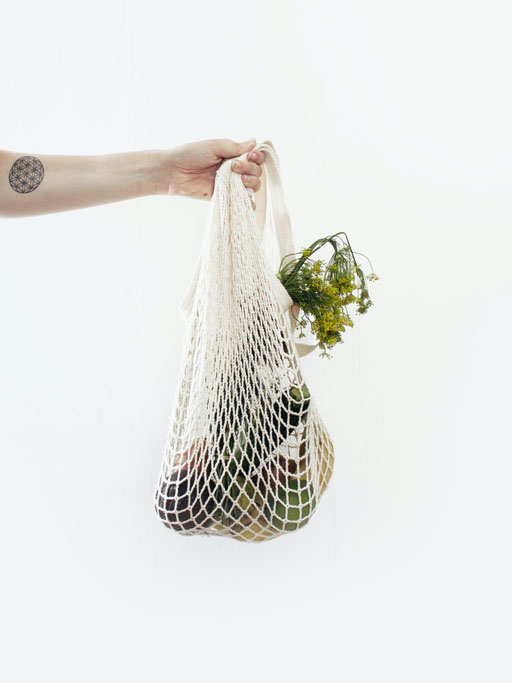
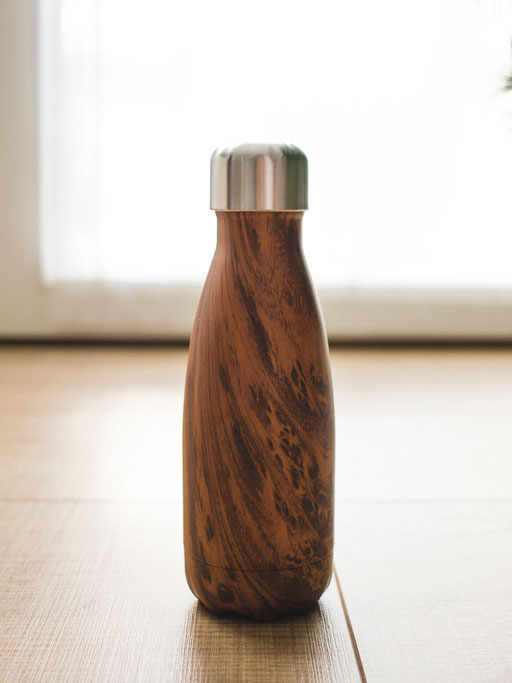
SHOPPING
Reduce, Reuse… Reuse
The mantra of “reduce, reuse, recycle” is catchy and useful, however not all green habits are created equal. Reducing consumption is laudable, but not always possible. Recycling is better than wasting precious resources, but still uses energy and isn’t necessarily cost-effective. Reusing already produced items, however, is a truly effective way to lessen our environmental impact. Some of the simplest swaps we can make in our everyday lives are from disposable items to reusable ones. From water bottles, to-go coffee mugs and shopping bags to cling film, kitchen cloths and cosmetic swabs – switch to reusable alternatives, and you’ll automatically reduce your consumption, while making recycling unnecessary.
Buy Vintage
Of course, any reuse is only truly eco-friendly if it maximises the life cycle of the product. Buying a new metal water bottle because you no longer like the look of your old one is as wasteful as using disposable plastic. The most sustainable way to shop, then, is to invest in vintage items that were designed and built to last – and have already proved that they are here to stay. Nowadays, at least partly due to its green appeal, second-hand is chic. If digging through charity shops and hunting for treasures at flea markets isn’t your thing, websites offering pre-loved designer fashion, curated mid-century interior boutiques and even brand flagship stores re-selling their own archive pieces are all elevating vintage shopping to stylish new heights.
Rent It
Ownership is overrated. Why buy an item that you will only use occasionally, when you can rent it at a fraction of the cost – both financially and environmentally? The sharing economy has been booming in recent years, thanks to a multitude of lifestyle changes. People are living in smaller spaces, are less settled and more mobile, and prefer minimalism to hoarding so much stuff. In urban centres, shops and services rent everything from designer fashion and handbags to power tools and e-cars. Pay by the day or the minute, return when you’re done, and never worry about storage, maintenance and repairs. Elsewhere, you can find similar businesses online – or peer-to-peer versions organised through groups, small ads and messaging boards.
Green Your Beauty Routine
Personal hygiene products, cosmetics and grooming accessories offer a world of choice, yet often differ mainly in scent and packaging. The question is not so much what a moisturiser does, but how it makes you feel. Self-care is important and worth indulging, but not if you’re being lured into over-paying for an over-packaged product. Instead of falling for pretty jars and tubes, look past the exterior and focus on premium natural ingredients. Instead of shelling out a small fortune for a miniscule quantity of exfoliator in an impressive-looking tub that ends up in the bin, invest in a bamboo brush with agave bristles that will last for years. Instead of a fancy bottle of shampoo, buy hair cleansing bars and treat yourself to a pretty soap dish to store them in. Instead of disposable face wipes, use a luxurious, fragrant oil with soft, washable cleansing pads. You’ll feel just as pampered, while creating less waste.
And if you’re interested in doing away with certain cosmetic products altogether, try our tips for household beauty swaps.
FOOD
Veg Out
No matter which way you slice it, lowering meat consumption is the greatest contribution to a low-impact lifestyle any individual can make. The land use, water requirements and emissions caused by livestock farming are exponentially higher than the comparative values for plants per calorie. Of course, you can make your diet even greener by eating local, seasonal and organic foods, but increasing the amount of veg on your plate is already half the battle. If going fully vegan is not for you, simply reducing the amount of meat you consume makes a difference.
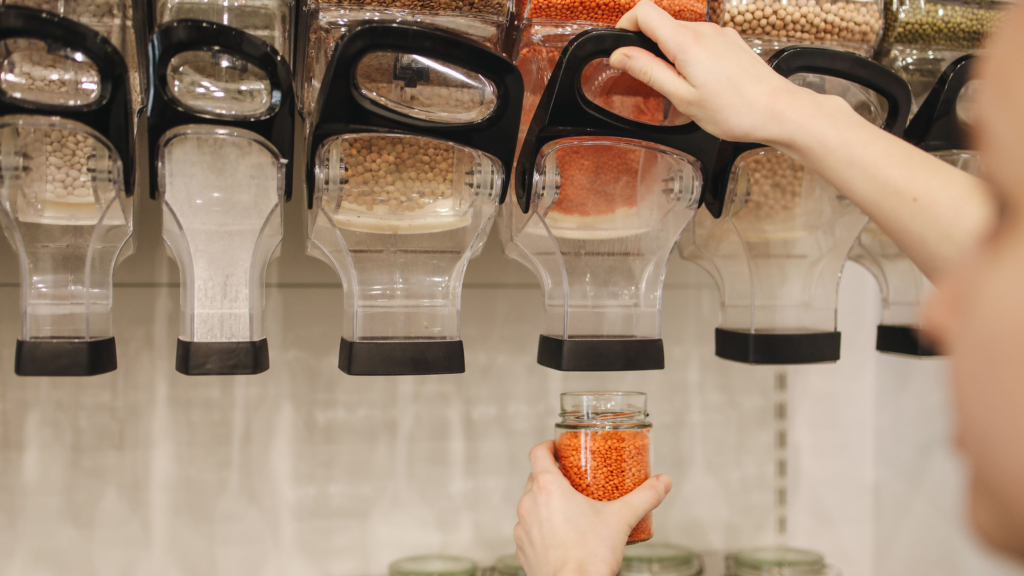
Buy In Bulk – Or Keep It Small
When shopping, think big – or really small. If packaging-free shopping isn’t possible for you, then stocking up on larger quantities of non-perishables is a good alternative. A large bag of rice, legumes or cereals requires comparatively less packaging than the many small packs of the same product you would usually buy. Also, making less big shopping trips saves fuel (if done by car). If you have limited space at home, team up with friends or family to share basics (and savings). Once your cupboard is filled, buy perishables in small quantities locally. Walk to the local farmer’s market for your fruit and veg, and pick up a couple of ingredients for dinner on your way home from work. That way you only get what you need and waste less.
Reduce Waste
There are so many ways to avoid waste in the kitchen – and they can all save you money and require no extra effort. Start by reducing packaging waste, especially plastic, but also recyclables like glass, paper and metal. This is best achieved by using mainly fresh, whole foods, which are also the healthiest ingredients to work with. Next, read up on the leaf-to-root movement and find out all the amazing, delicious things you could be making out of the fruit and veg ‘waste’ usually discarded during food prep. Fermented broccoli stalks, carrot green pesto or vegetable peel broth, anyone? Finally, make use of leftovers by freezing, drying, pureeing, pickling or otherwise making them storable for longer periods.
HOME
DIY
Buying vintage furniture is great, but how about giving old stuff you already own a second chance? Online tutorials and how-to videos have made home repairs more accessible, and many large cities even have repair cafés where experts will help you meet any DIY challenges you encounter. Broken electronics? See if you can find repair instructions (including safety tips). Shabby dining table? Get to sanding and glossing (rent the tools needed online). Bored of your kitchen? Paint the cabinets a bright new colour, upgrade the worktop or use tile adhesives to give it a new look. Your newly acquired skills will also help you make even better second-hand purchases, as you can look for bargain items in need of repair.
Save Water And Energy
Greening your home will also save you money in the long run. After all, neither water nor energy grow on trees. Save water by switching to an aerated shower head and low-flow faucets. Reuse grey water (from rinsing vegetables in the kitchen or hand-washing with a soil-friendly detergent like castile soap) for your garden or potted plants. Save electricity by paying attention to energy labels when purchasing new electronics and always switching them off when not in use. Cut heating with improved insulation (small solutions like draught-proofing are cheap and effective, others require an investment that will pay off over time). Save all round by washing laundry and dishes on eco settings and line-drying clothes.
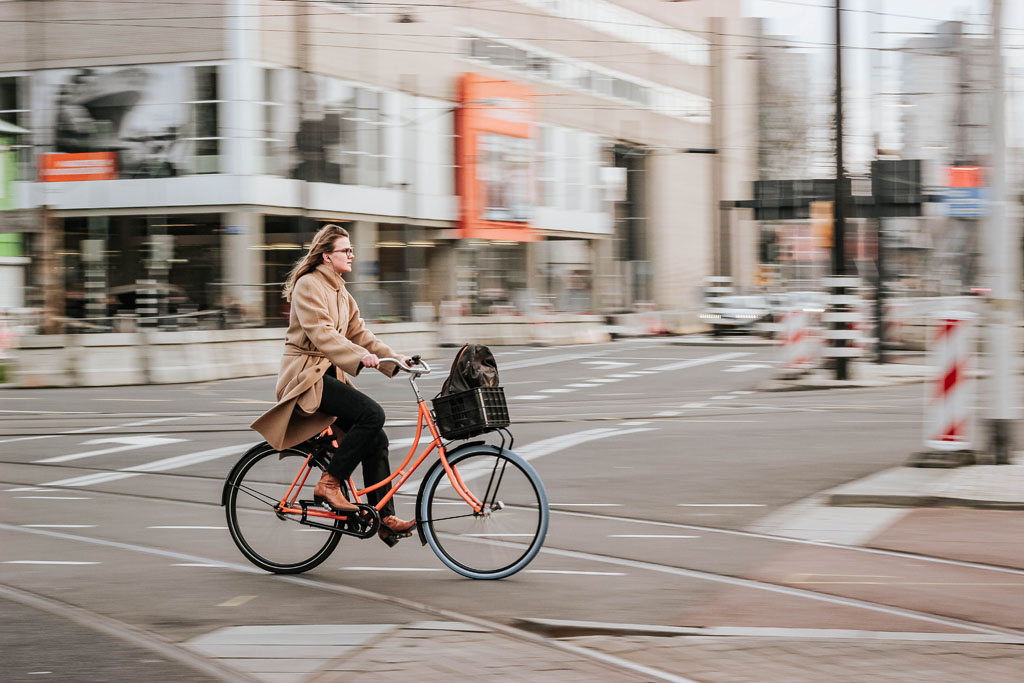
TRAVEL
Trains, Bikes And Shared Automobiles
As anyone who has ever calculated their carbon footprint will know, a single flight can undo all the good of an otherwise green lifestyle. Watching your emissions skyrocket is frustrating, so – once long-distance travel becomes an option again – ditch the plane whenever possible and embrace the many advantages of slow travel. For short trips or staycations, hop on your bike or put on your hiking boots for an emission-free journey. For longer trips, trains are hard to beat. When available, rail travel is an energy-, but often also surprisingly price- and time-efficient way to reach your destination. If car travel is unavoidable, fill up the vehicle by using a carpooling service.

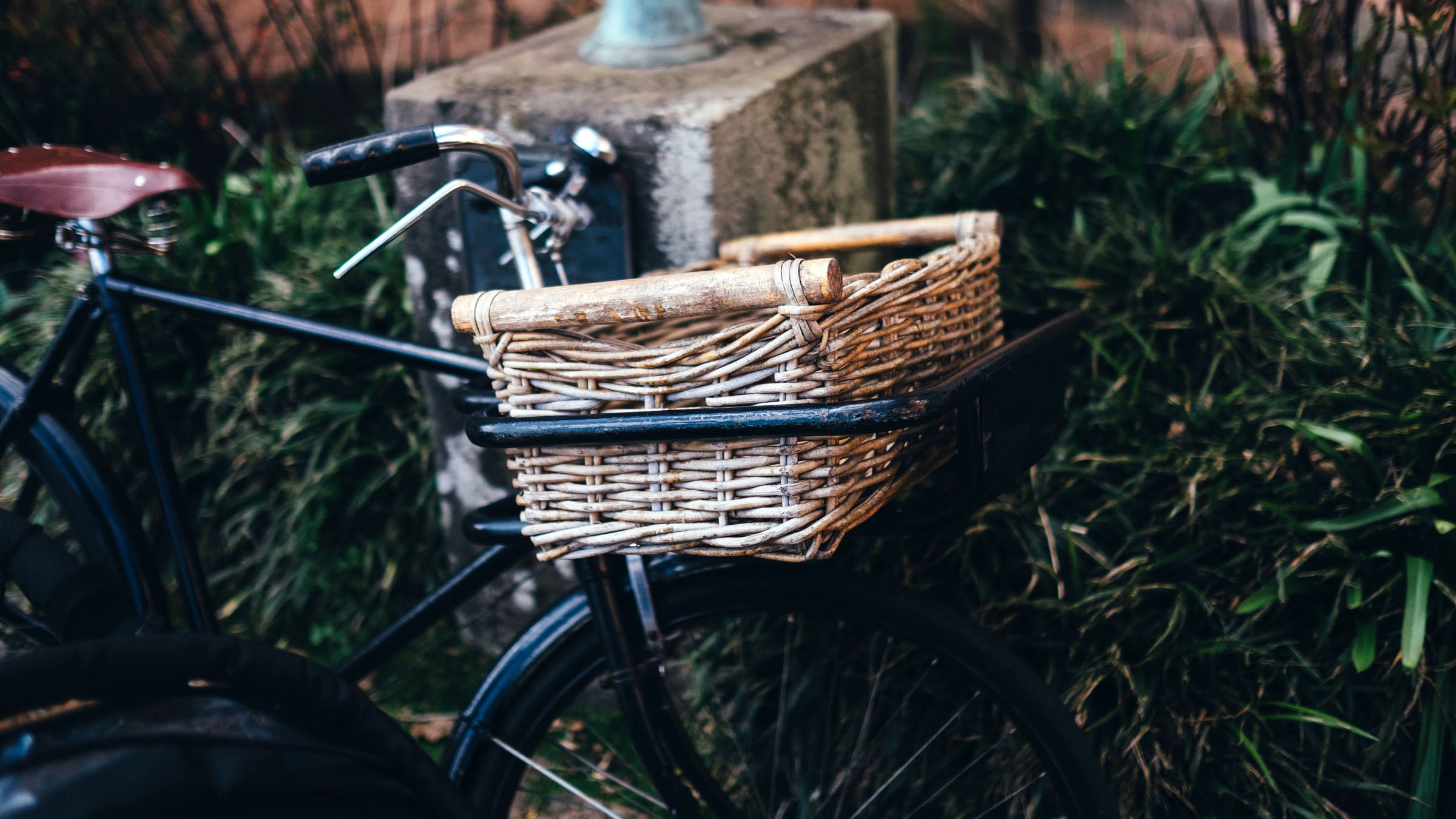












Sorry, the comment form is closed at this time.